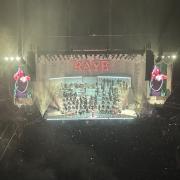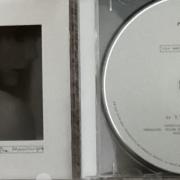
In a society with an ever-growing awareness of the issues surrounding body image, it is near impossible to comprehend why the clothing industry is not improving simultaneously with this change. A recent study conducted by OnePoll showed that approximately 51% of women were uncomfortable within their own bodies, and a further 36% of men also faced this problem.
I feel that there are two main issues surrounding the lack of body confidence within today’s society, specifically focussing on the substantial difference between the number of women affected in comparison to the number of men facing these issues. Firstly, a recent statistic showed that less than 1% of women’s designer clothes are available in a size 14 or above, therefore excluding many women from the option to purchase these items and consequently associating being this size with something negative.
The second major issue within the clothing industry is within the labelling of sizes, women’s sizes are commonly labelled with sizes such 10,12 and 14, however these sizes have no factual basis. By this I mean there is no measurable value associated with these sizes and this is worsened by the variation of particular sizes between clothing brands. For example, a size large in River Island has a waist size of between 79 and 86cm, whereas in Top Shop a size large has a waist size of 76 cm. How can a woman be expected to feel comfortable within her own body when variation between brand sizing suggests their body is ever changing? This however, does imply a possible reason as to why 15% more women face body confidence issues than men, as within mens clothing sizes, any numerical labelling of sizes is generally factual such as a 30 inch waist size, this helps to avoid negativity surrounding body image by not labelling the size with anything other than a factual figure.
The issue of negatively labelled sizes is further enforced through the use of sizing labels such as a small, medium or large, as once again there is no factual basis to the labelling of these sizes. In today’s society, how can we know what size is “large”? Or perhaps more importantly, how can we justify knowing what size is “large”?
By Jess Elliott


























